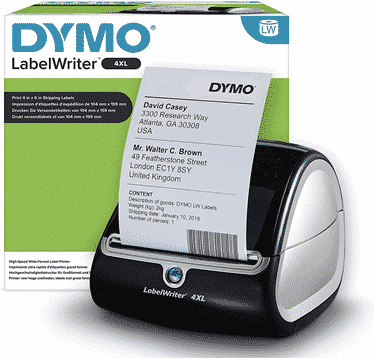
The Dymo LabelWriter series is a product line featuring sharp and easy-to-use direct thermal printers. These Dymo printers are used to print labels. Compared to other direct thermal labels , Dymo labels have proprietary markings that make them suitable only for the printer line they were named after.
Here, we explain how to use these labels for your business and talk about other things that make them nifty.

To print Dymo labels , you need to make sure that your computer is compatible with your Dymo printer and that you have the latest software. Dymo printers run only on Microsoft and Mac PCs.
Dymo printers are beginner-friendly, especially when you have the appropriate software installed. We recommend reading our Dymo printer troubleshooting guide if you’re having problems printing Dymo Labels.
The detailed guide is in the Dymo Label™ manual, but we are giving you the basics here. Below are the steps:
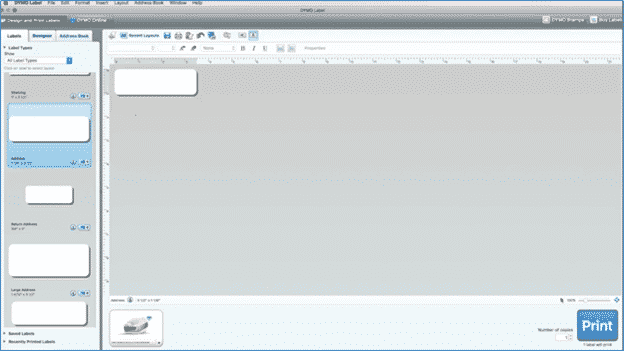
1. Open the Dymo Label™ software.
2. You will see the following on your screen:
3. Under “File,” create a new file.
4. Under “Labels,” choose the label type you want to use. Dymo labels come in different sizes. After picking the label type, you will see its layout in the edit area.
5. Click the “Designer” tab. You will see a selection of objects that you can put on your label. They include the following:
6. Adjust your label’s layout in the edit area.
7. After finalizing your design, you’re now ready to print your Dymo label.
Other things that you can do using the software are changing the text alignment from horizontal to vertical, rotating and resizing objects, adding borders, changing the font, etc. You can find all the formatting tools you need on the toolbars section at the top menu.
Learn More:
There are innumerable ways to customize your Dymo labels . You can start by taking advantage of the features described here:
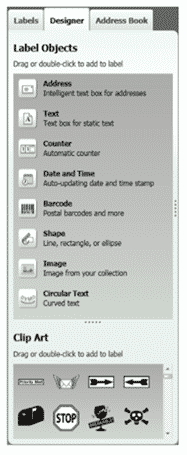
The Designer tab is the Dymo Label™ software’s most important customization tool. You can do a myriad of adjustments from this function alone.
Unleash your creative juices when using the Designer tab!
You can type your return address on your label by doing the following:
These steps should help you program your return address into your address and shipping labels.
You can add your business logo by using the Image function of the Designer tab. You can include other pictures as well. Just remember that Dymo printers print only in black, so you must tweak colored images in the grayscale mode to ensure clarity.
Dymo devices are the typical direct thermal printers that print only in black. So if you want to add color to your labels, get colored Dymo labels. If you include a barcode on your label, get a light-colored tag to maintain the cipher’s scannability.
Select Your Color from our list of all Compatible Dymo Labels .
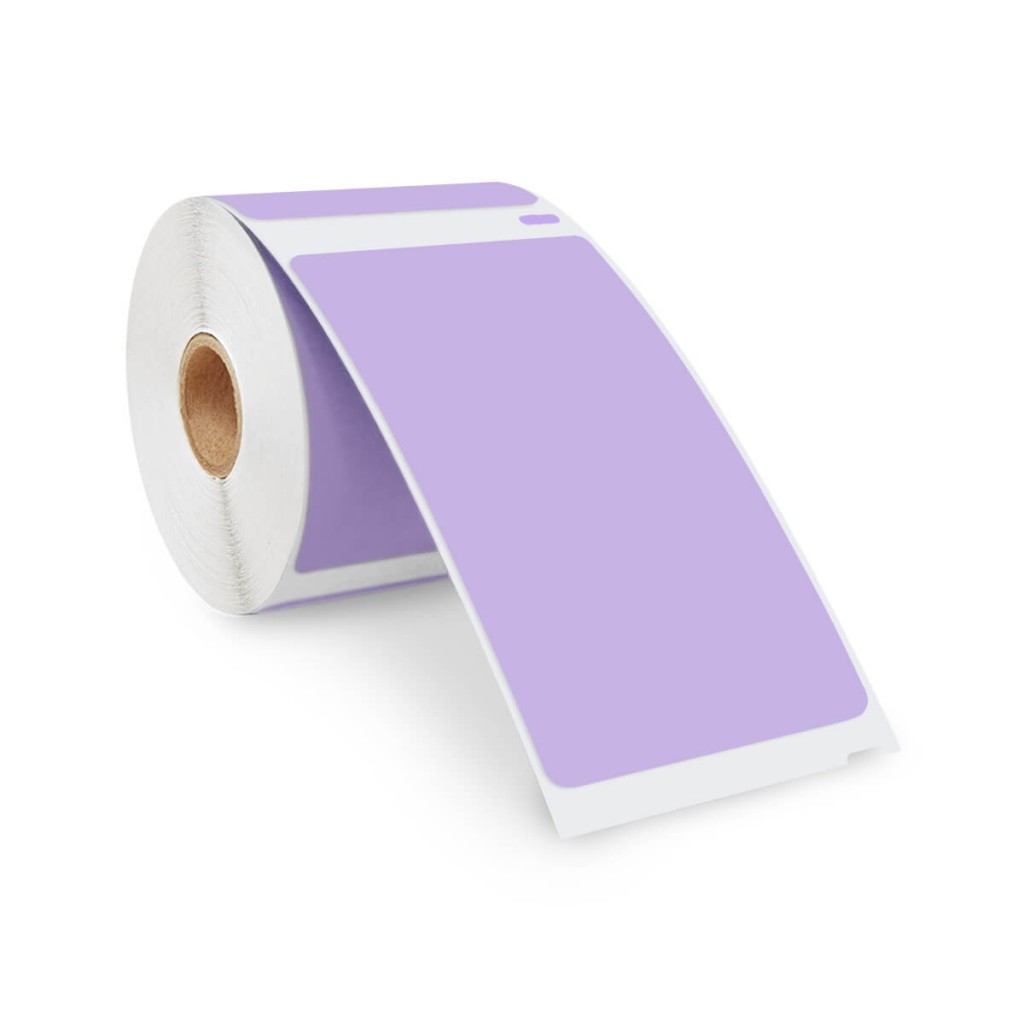
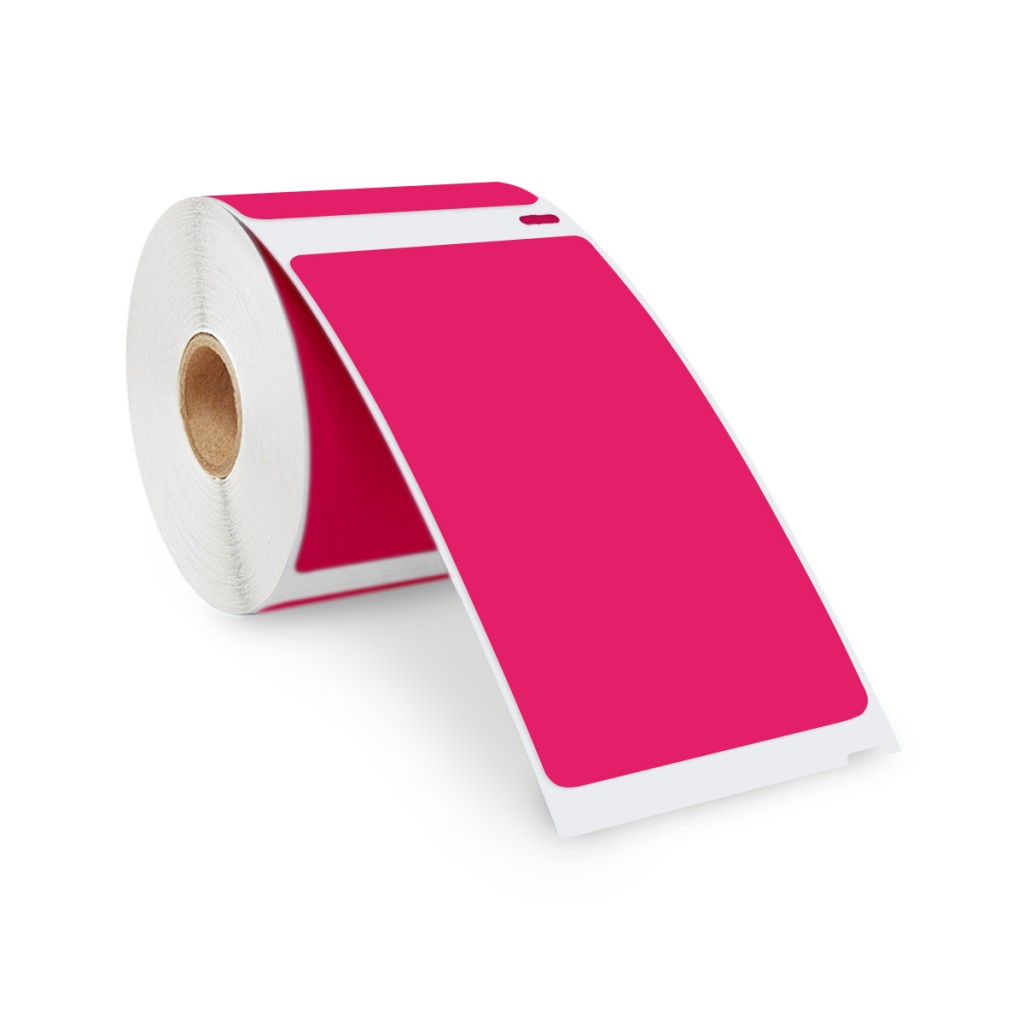
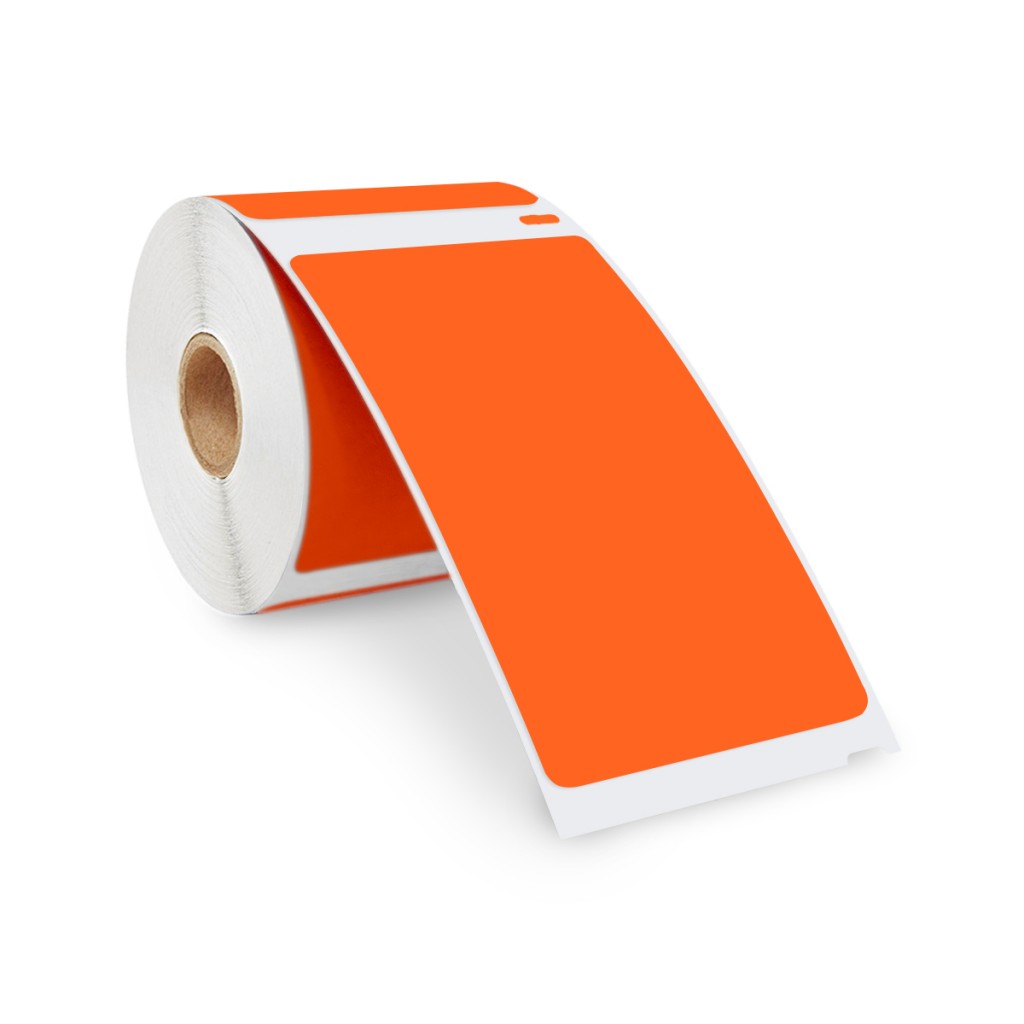
The Counter function of the Designer tab may look geeky to you, but you can actually turn it into a promotional tool. You may use the counter numbers as raffle codes or coupon codes. You can also synchronize them with your SKU system. Anything is possible.
Only your imagination will limit you when customizing your Dymo labels. And when you are done designing a professional-looking thermal tag, make sure to save it as a template for later.
Browse different sizes of Dymo Compatible Labels available at enKo Products!
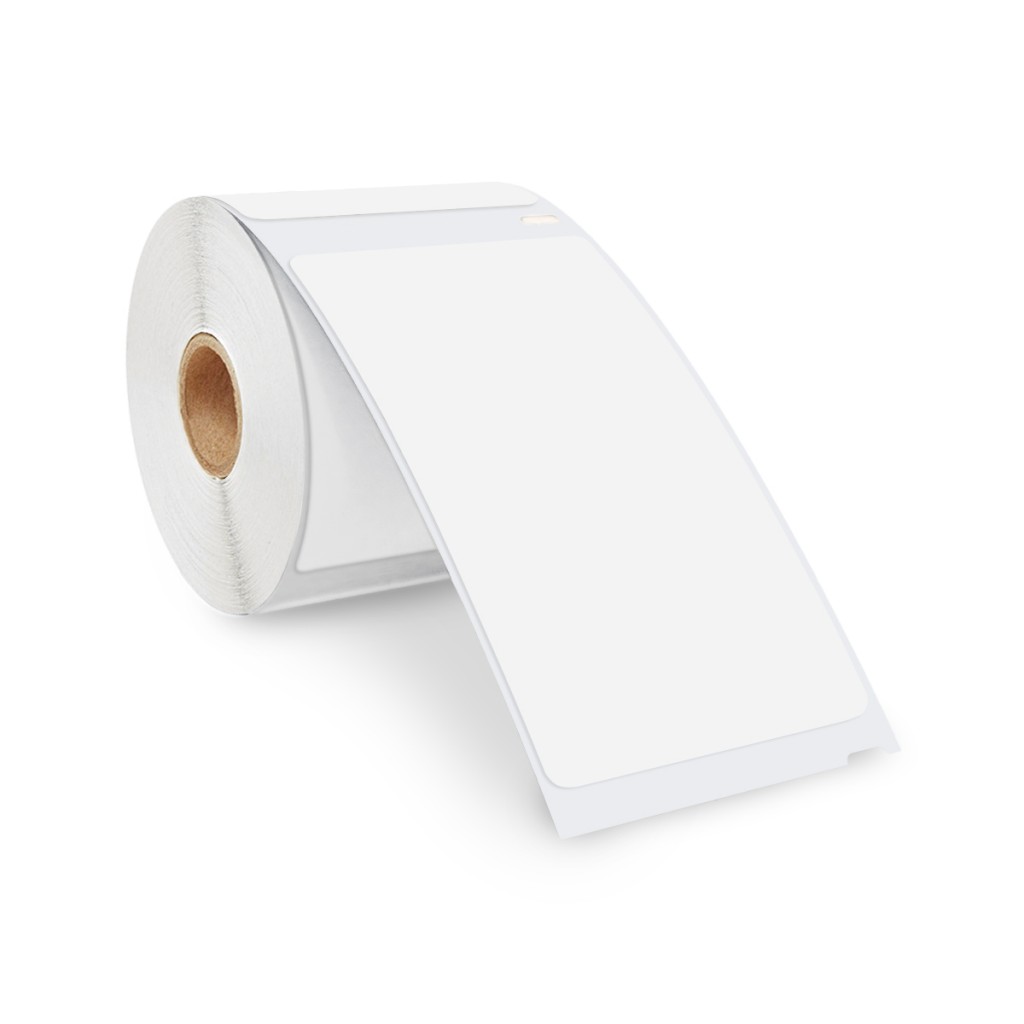
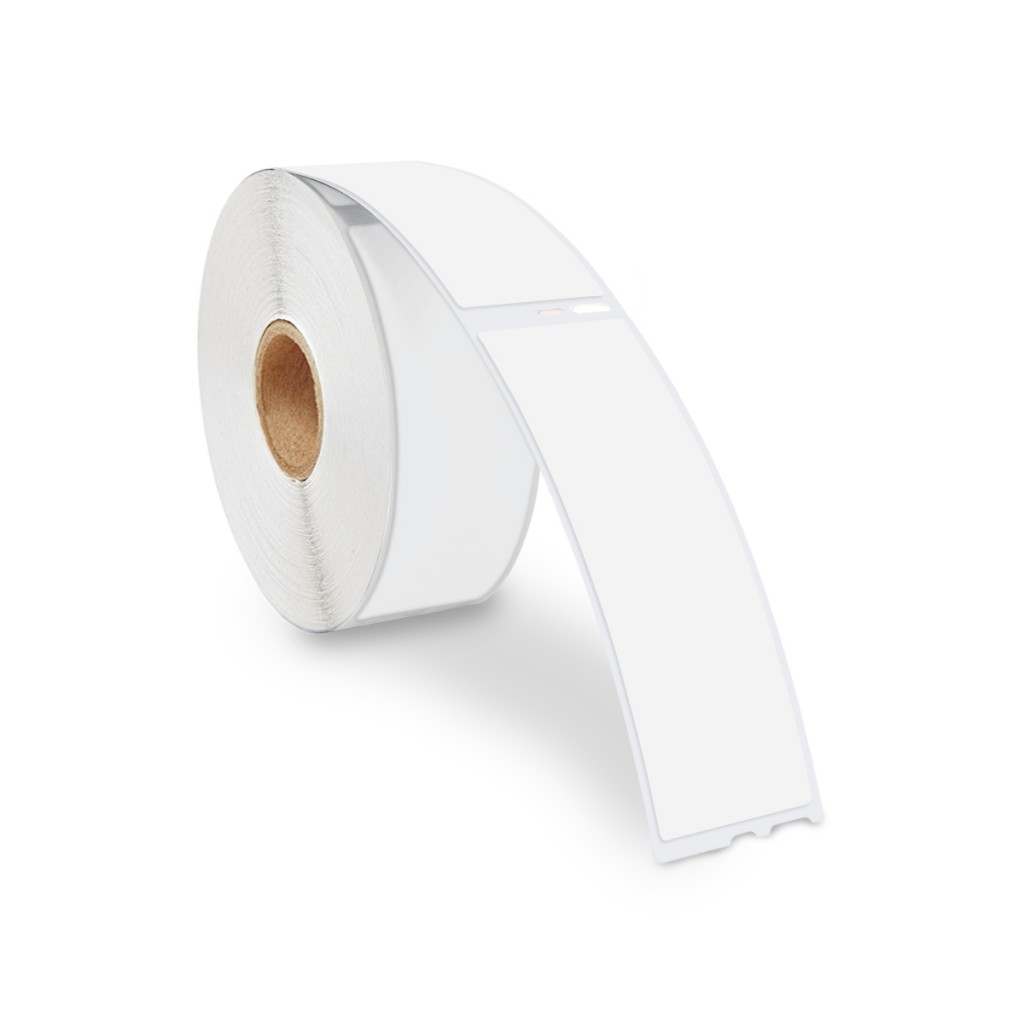
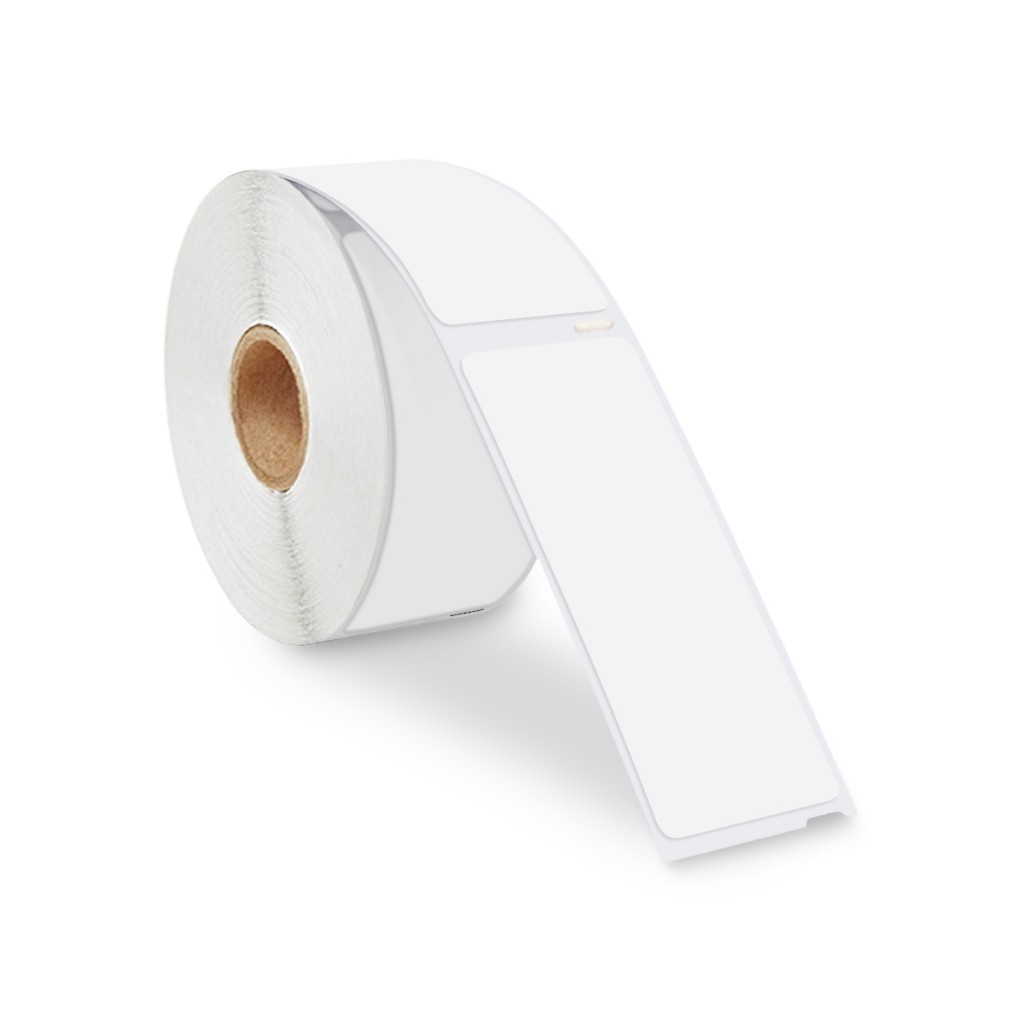
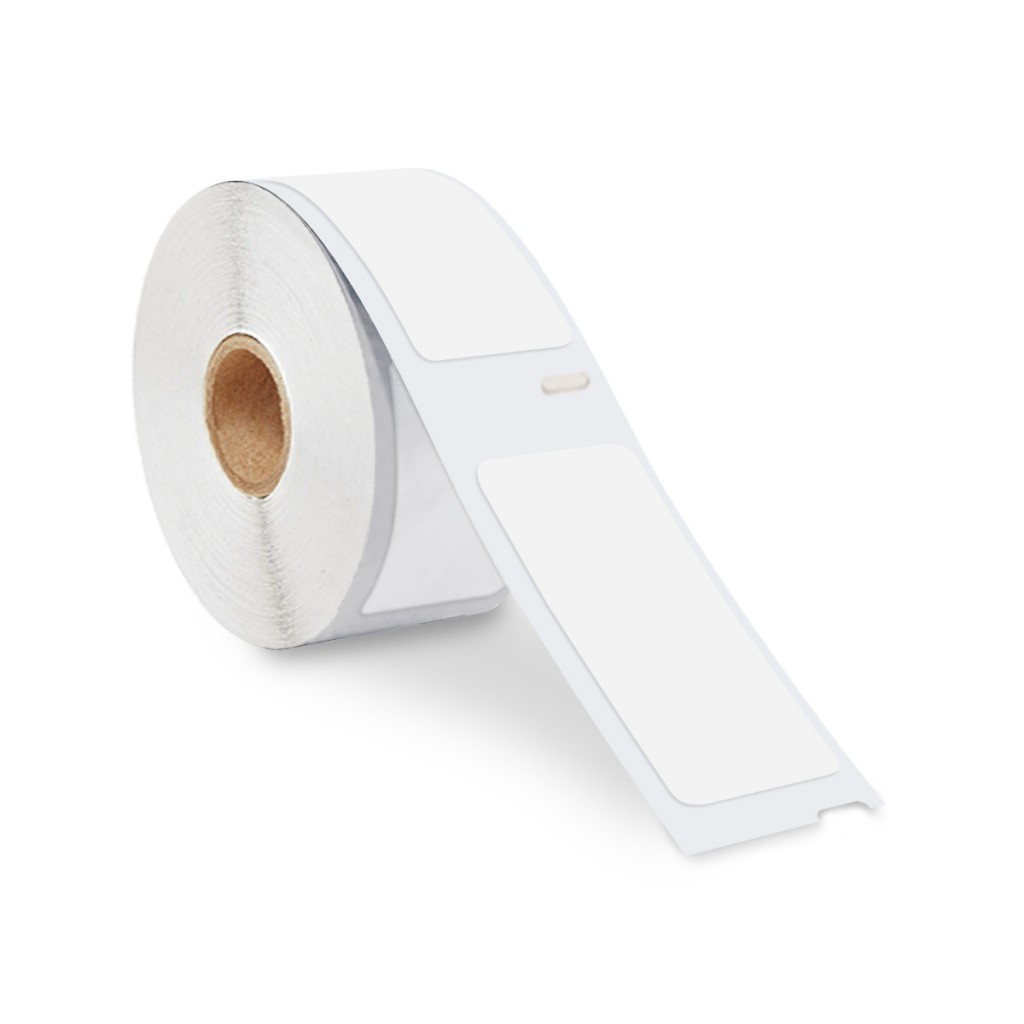
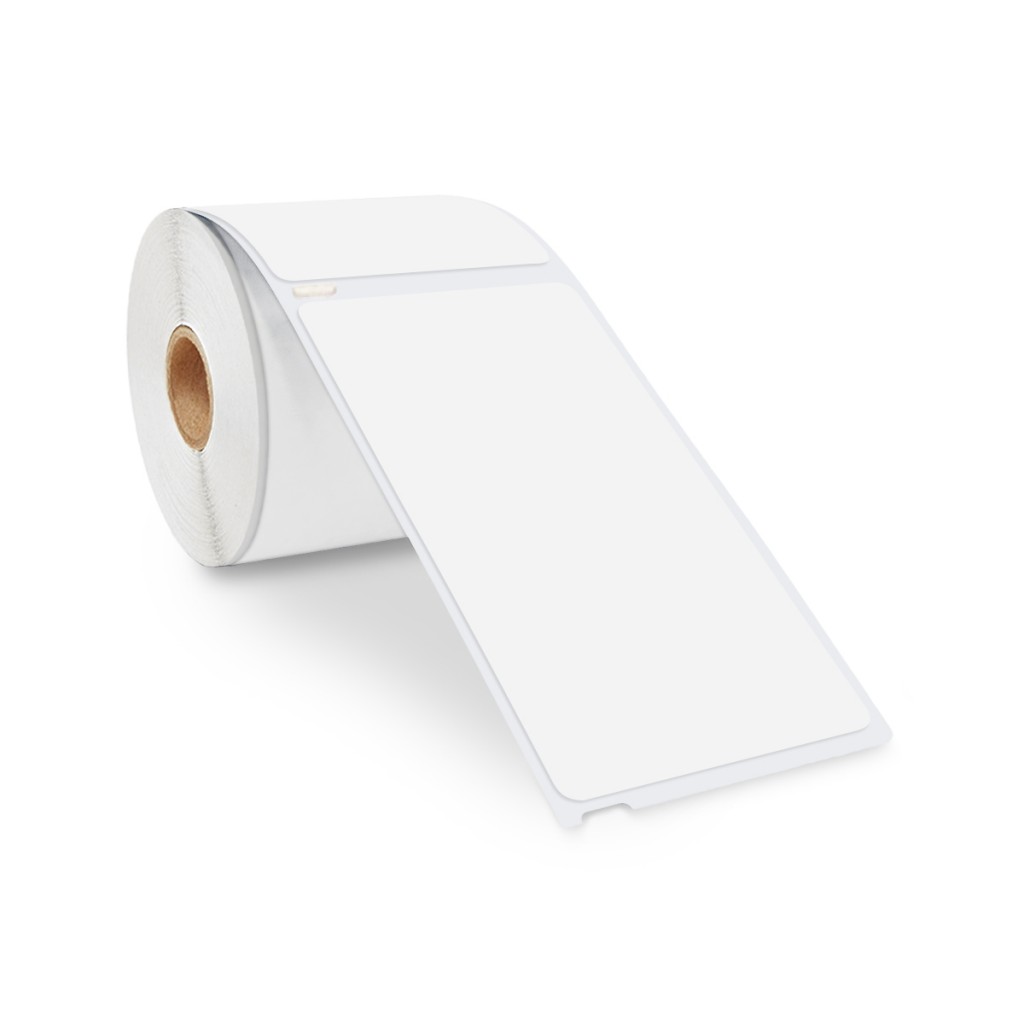
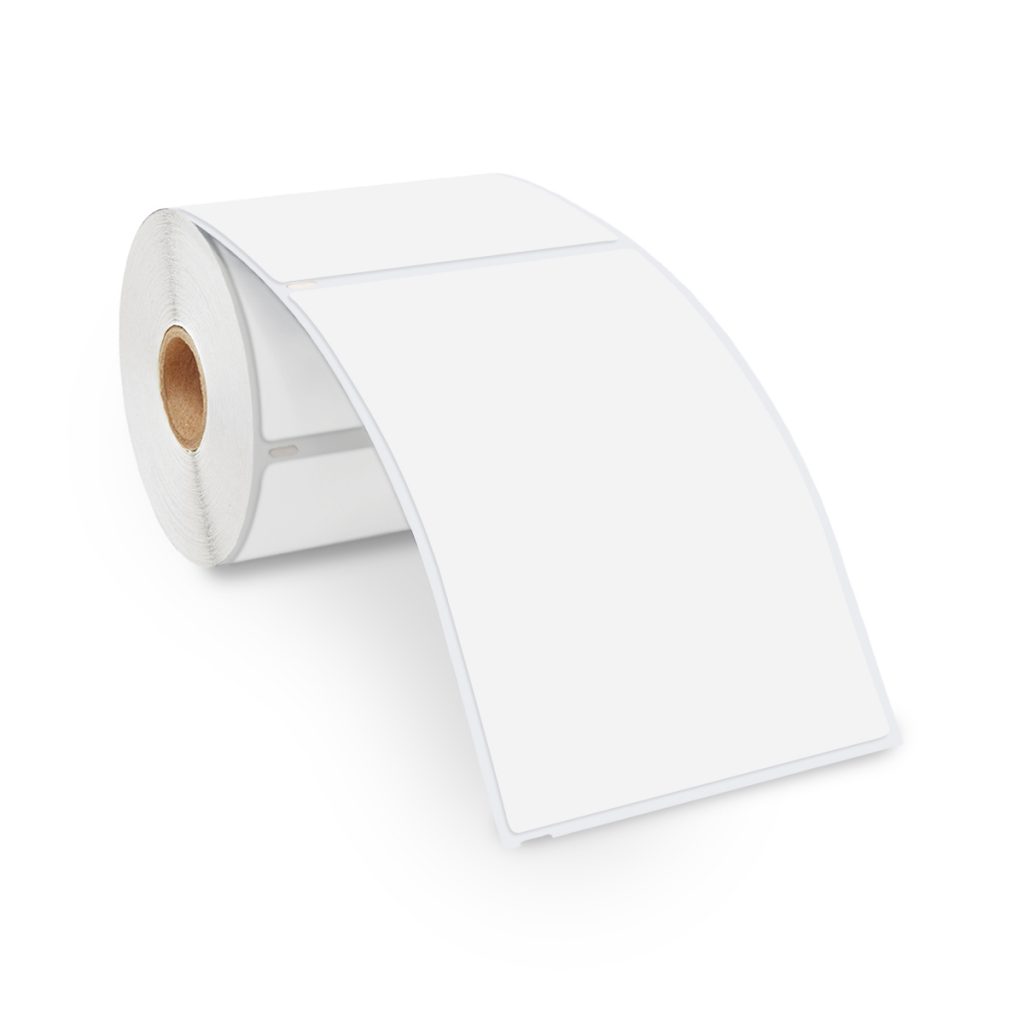
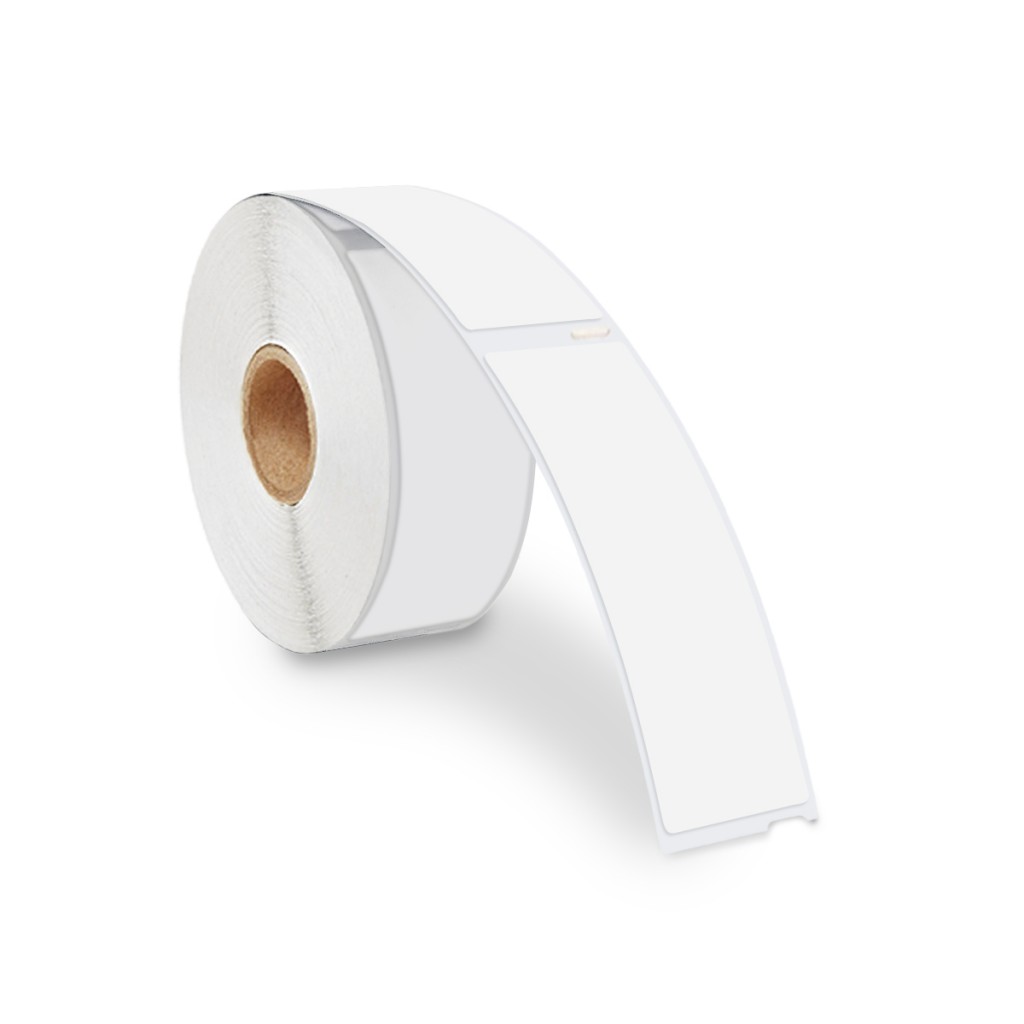
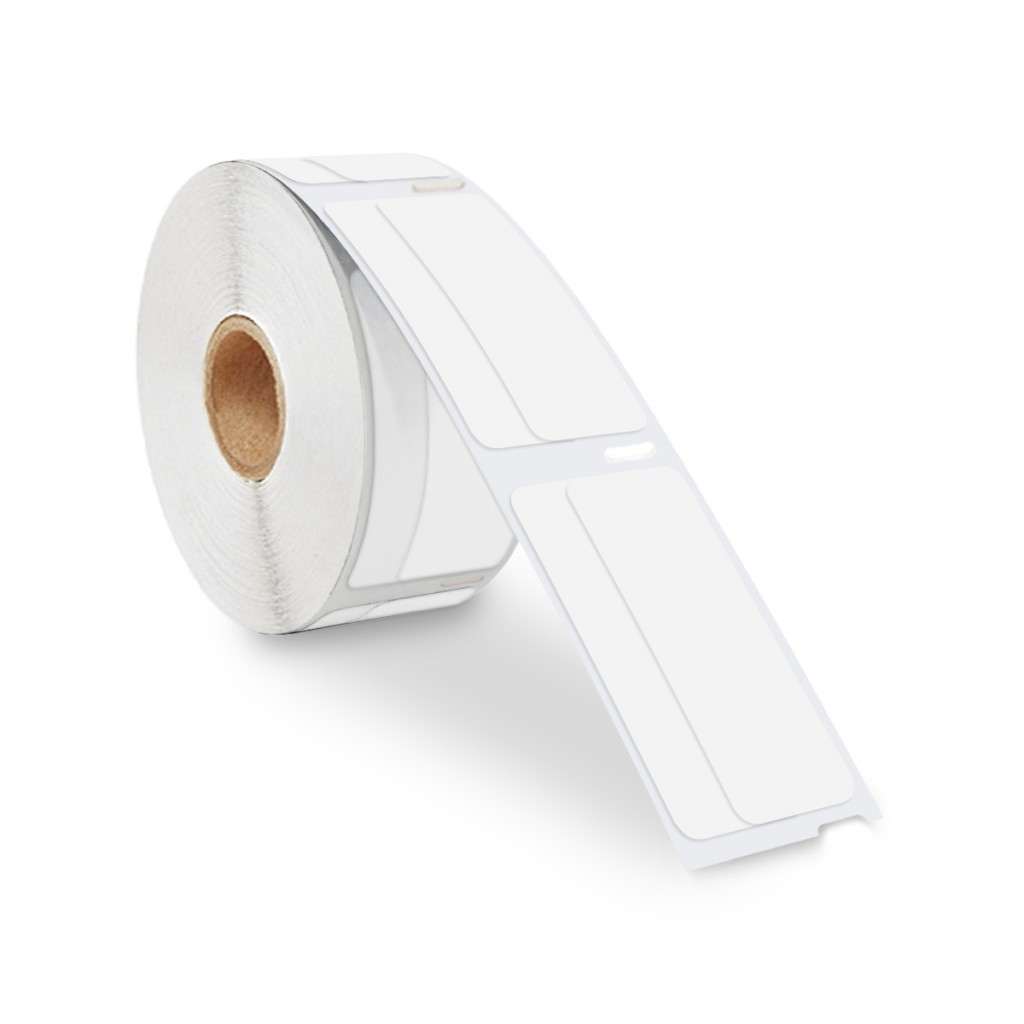
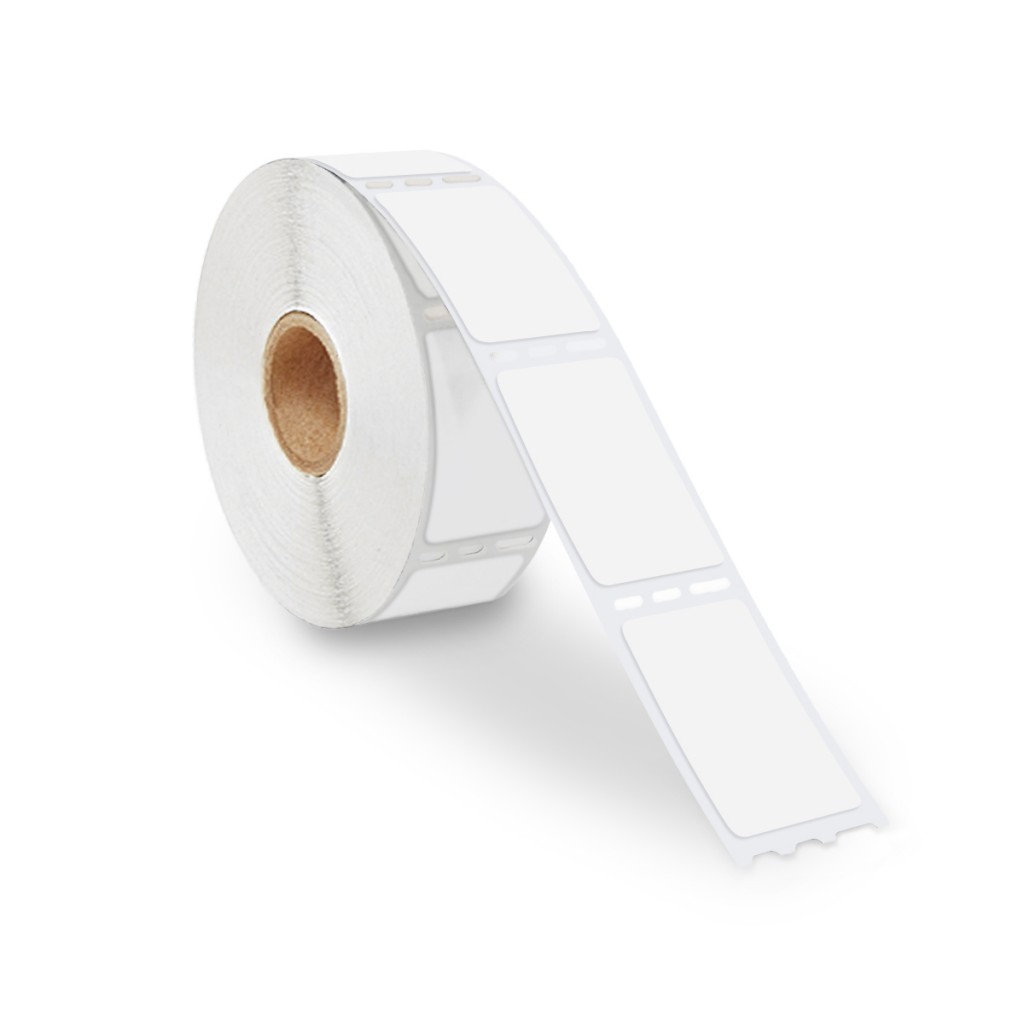
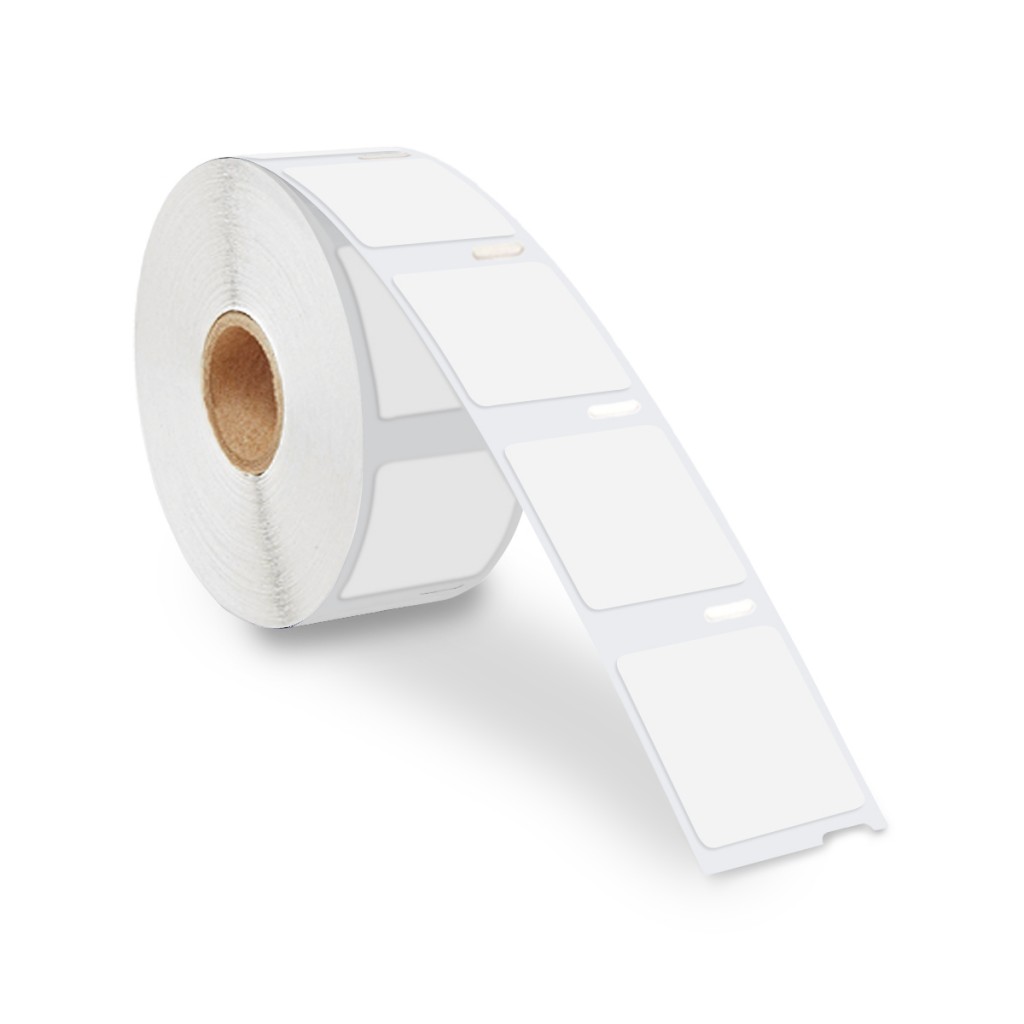
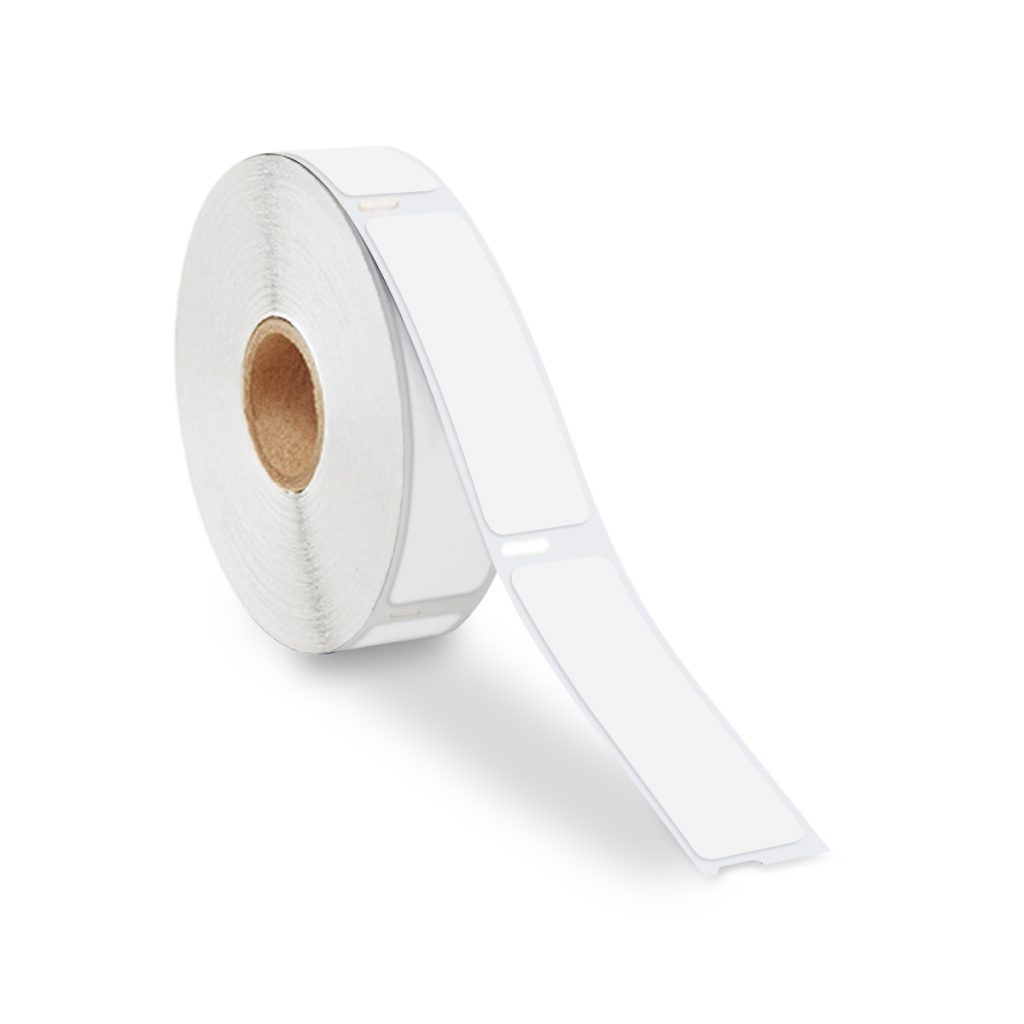
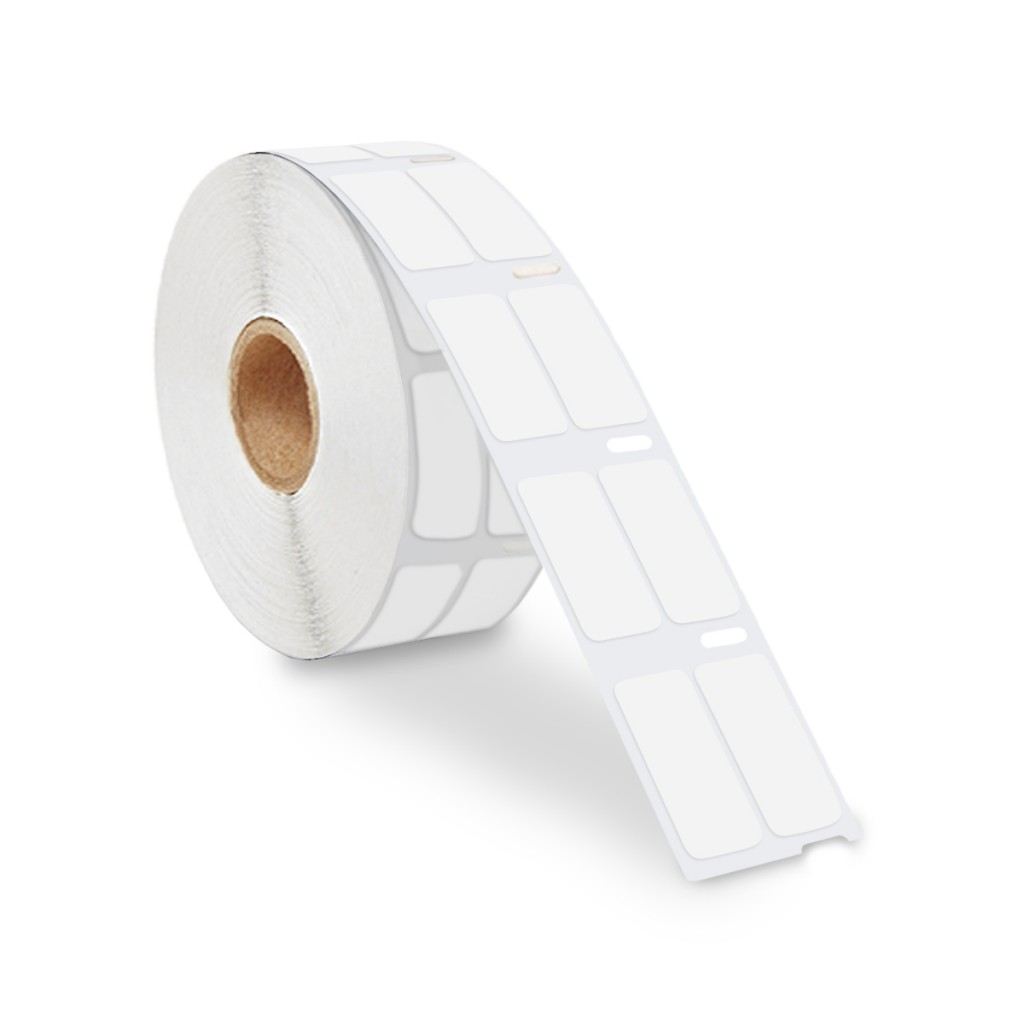
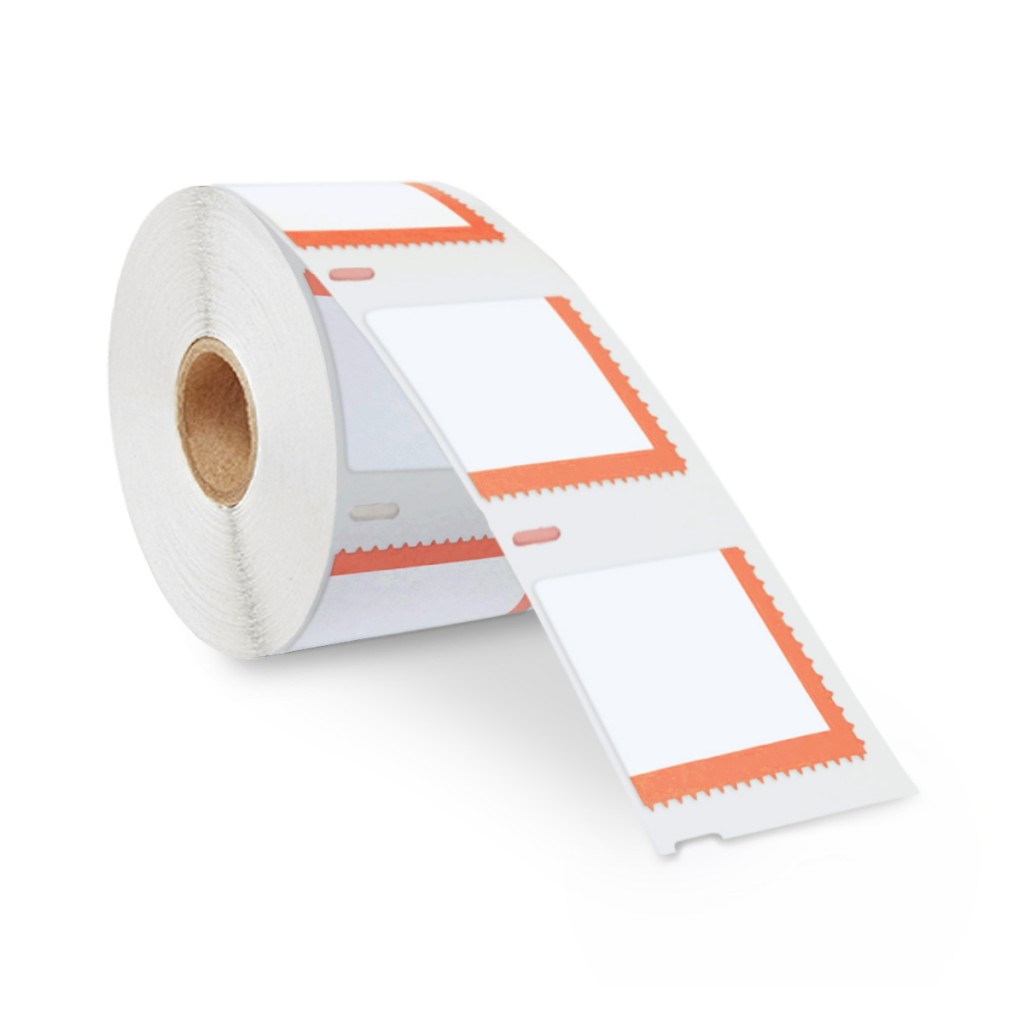
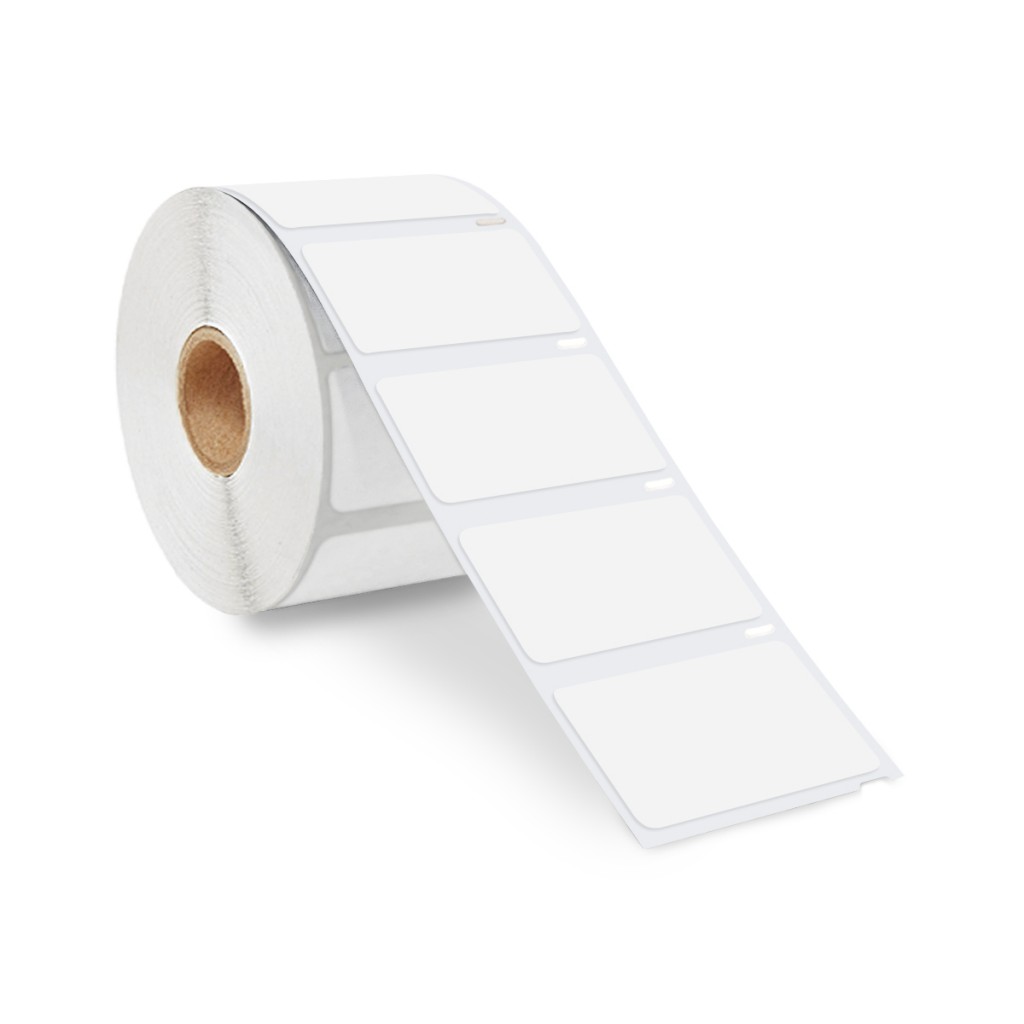
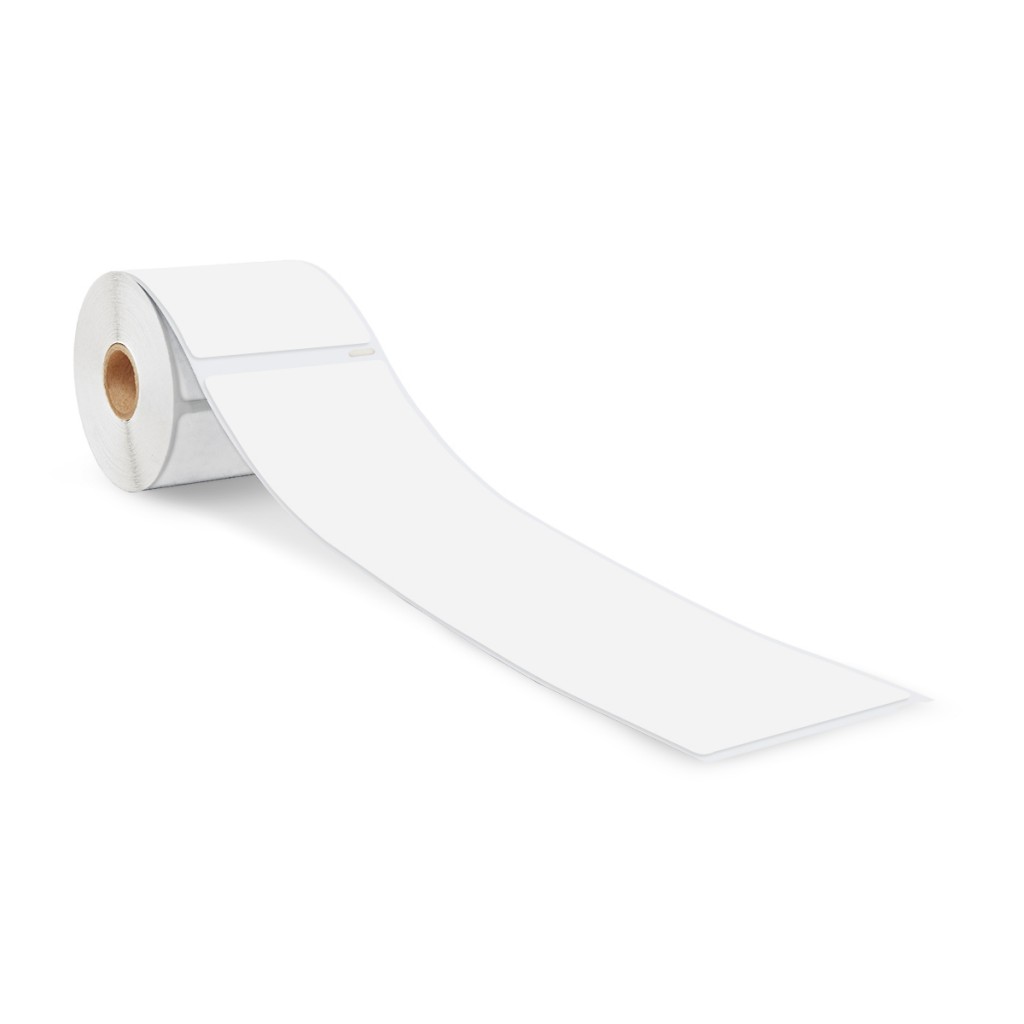
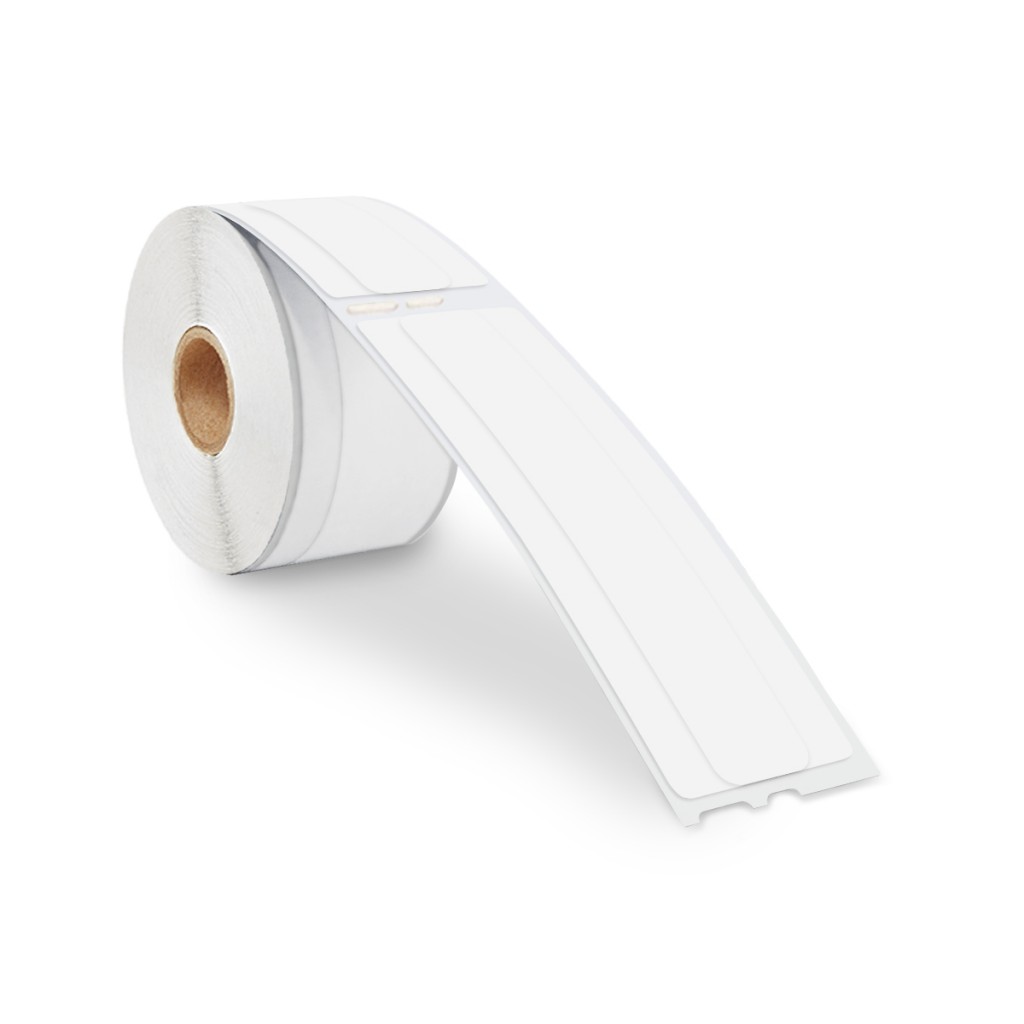
Some of the known problems with Dymo label printing arise from choosing the wrong label sizes. Consider your printer’s width and label design when shopping for these sticky thermal tags. That said, the label descriptions here are just the common uses for these stickers. When your design calls for a particular label size, get that kind of label regardless of its product description.
In one of our previous articles, we compared the best Dymo desktop thermal printers available in the market today. We also mentioned what kinds of labels are suitable for them, which is very important to consider if you want to use thermal printing technology for your business.
How do you know what kinds of labels are suitable for your Dymo printer? Dedicated desktop labelers like Dymo have a maximum printing width of 2” or 4” or around those numbers. Thus, you can categorize Dymo printers according to the labels they use.
If you are not sure what kind of Dymo labels to buy, check your manual for your printer’s maximum print width. It is best to get the correct label size from the onset to avoid waste.
The conventional Dymo labels are made of chemically treated but uncoated paper. So they can break easily when wet. However, direct thermal prints are smear-proof, so they are still preferable over inkjet prints when creating mailing labels.
Meanwhile, other types of Dymo labels are waterproof. Tape printers like the Dymo LabelWriter Duo and portable Dymo units use coated thermal labels. The embossed type of Dymo label is made of polyvinyl chloride, but it does not rely on direct thermal technology.
Yes, they do. Just like other direct thermal labels, Dymo labels fade. You can expect them to remain clear for about 6-12 months and lighten up afterward. They are thus best for printing short-term documents and labels. However, you can prolong the lifespan of your Dymo labels by keeping them away from direct sun exposure, high temperatures, dust and high humidity.
Dymo printers use direct thermal technology. Their labels are different from the others primarily because of their proprietary markings, which are crucial to printer function. To get your Dymo printer to work hassle-free, you need to ensure that you are using the right labels and the appropriate, updated software.
One of the applications that can help you create perfect Dymo labels is the Dymo Label™ software. It allows you to save your contacts’ addresses, customize your labels, automate printing and many others. As for its customization features, the software offers plenty, so the design possibilities are virtually limitless. You can even include Dymo’s colored labels among your options.
Dymo labels are available in various sizes, but not all of them will fit all Dymo printers. To find out what sizes are appropriate for your unit, you may check its maximum printing width from the manual.
Lastly, just like other direct thermal labels, Dymo labels are neither waterproof nor fade-resistant. However, they are still an excellent choice for creating short-term documents and labels.